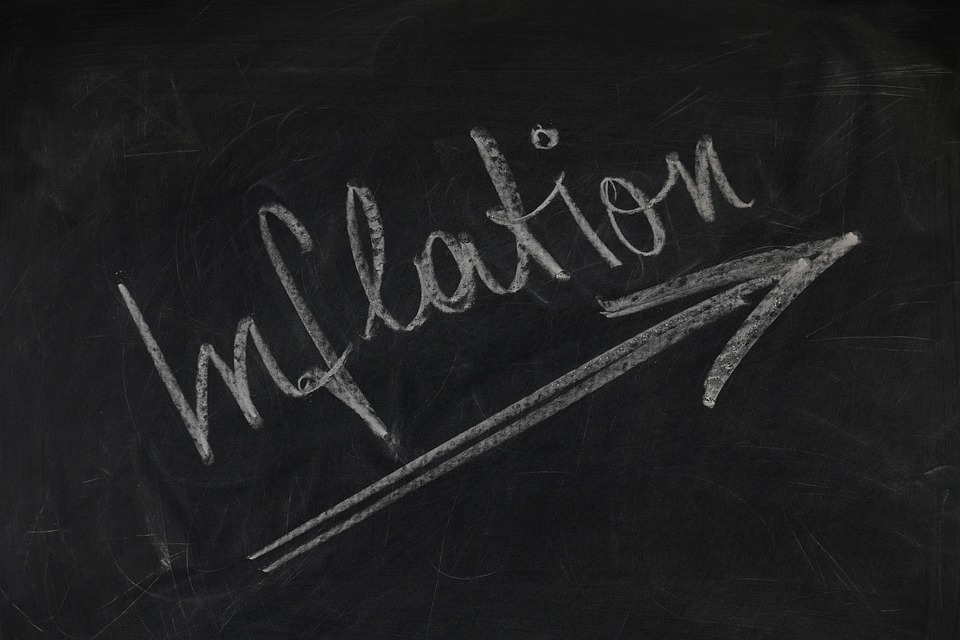No Inflation Here - The Energy Report

If you are looking for signs of inflation, you are not going to find it in the energy space. Oil prices continue to flatline, bouncing up and down in the range based on the headline of the day. The moral of the story is, if you don’t like the trend in the oil, stick around for a while, it’s going to change!
Oil prices dropped after news that Kurdistan will restart pipeline exports. Baghdad, Erbil, and oil companies agreed to resume crude exports under federal control, pending Iraqi cabinet approval. The move will allow about 230,000 barrels per day from Iraqi Kurdistan to flow again, ending a suspension since March 2023.
At the same time Radio Free Europe reported US President Donald Trump has clinched more than $12 billion in trade deals with Uzbekistan and Kazakhstan amid a White House push to deepen economic ties with the strategic Central Asian region. Uzbekistan agreed to buy up to 22 aircraft from Virginia-based Boeing, the company said. State-owned Uzbekistan Airlines will purchase 14 with the option to buy another eight, Boeing said in a September 22 statement. In a post on TruthSocial, Trump put the value for all 22 aircraft at more than $8 billion. “We will continue to work together on many more items!” Trump said in the post.
But before you get too bearish, oil prices are bouncing back up on geopolitical tensions and signs that the US economy is still doing pretty good.
With interest rates coming down, the market will focus on Jerome Powell’s speech today to get an idea of just how bullish this will be for oil.
Historically, rate cutting cycles have been associated with increases in oil prices, which may counterbalance some concerns about oversupply.
For instance, during the 2001-2003 and 2008-2009 periods of interest rate reductions, oil prices decreased during times of economic slowdown but later increased as demand returned: in 2009, WTI crude rose from approximately $40 to $80 per barrel following the financial crisis. Lower interest rates generally result in a weaker U.S. dollar, as investors may seek currencies with higher yields.
Because oil is priced in dollars, a weaker dollar can make oil less expensive for foreign buyers, which may contribute to price increases. This trend was observed in the early 2000s when a declining dollar coincided with rising oil prices.
Reuters reported that Russia is facing fuel shortages due to Ukrainian drone attacks reducing refinery output, and high borrowing costs preventing private stations from stockpiling, according to traders. Ukraine has intensified strikes on Russian energy sites to cut export revenue and encourage peace talks.
Oil is likely to remain in its current trading range during shoulder season, but a breakout could occur if it surpasses $65.00 on a closing basis. We are very optimistic about the economy. We’re optimistic about demand and even though US energy production is at a record high, we do not see it growing. Expectations having US demand growth slowing doesn’t fit with the rate cutting cycle scenario. This talk of the massive oil glut better occur pretty soon or people that were predicting that are going to have to change course very quickly.
Natural gas has stumbled, apparently due to seasonal issues and weather. As we start the fall season, the expectation for cold weather has been put off a bit, putting some downward pressure on natural gas. While the longer-term fundamentals still look solid, we’re going to need heating demand to be at least average, or the market is not going to fulfill its longer-term bullish expectations.
The other thing of course that could impact natural gas prices are hurricanes and we have a monster brewing out in the Atlantic. It looks like it’s going to get into the gulf of America and is something that we have to pay attention to. Fox Weather reports that Hurricane Gabrielle is continuing to barrel across the central subtropical Atlantic as a monster Category 4 hurricane, and officials are asking residents of the Azores to monitor the storm’s progress.
Hurricane Gabrielle isn’t the only threat in the Atlantic, however. There are two other areas that the National Hurricane Center (NHC) is monitoring for potential tropical development. And while this storm at this point does not look like a threat to natural gas production, it could impact the East Coast with power outages and demand losses but it really is too early to tell.
More By This Author:
The Sleeping Giant - The Energy ReportTrump Oil Conundrum - The Energy Report
Glut Enough - The Energy Report



